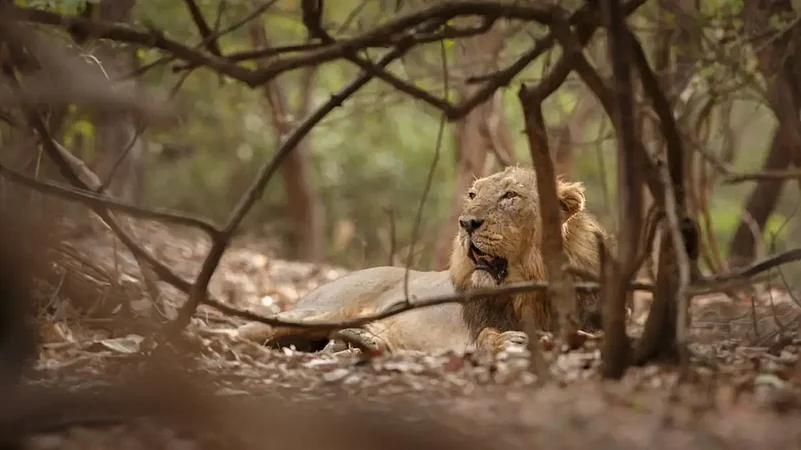In 1990, Kuno National Park was identified as a potential home for lions in a joint study by Wildlife Institute of India (WII), an autonomous institute under the Ministry of Environment, Forest and Climate Change, and Wildlife Trust of India (WTI), an NGO working for wildlife conservation. In 2013, the Supreme court ordered that lions be relocated from Gir National Park to Kuno National Park, as keeping a major species like lions only at one place is a risk – any epidemic, natural disaster can wipe out its entire population.
Now, India is going to introduce the cheetah in Kuno-Palpur national park of Madhya Pradesh from August. While the government of India is promoting it as a major project to bring back the cheetah, which had gone extinct in India, many wildlife experts are calling it ‘a vanity project’ without any scientific basis.
Advertisement
Also Read | Tiger-Human Conflict In India Facing Impact Of 100 Years Of Deforestation Now: Wildlife Photographer Senthil Kumaran
Union Environment Minister Bhupender Yadav, while introducing 'Action Plan for Introduction of Cheetah in India’, said in January that the government is keen on the protection and conservation of seven major big cats, including the cheetah. “Project Cheetah aims to bring back independent India’s only extinct large mammal – the cheetah. As part of the project, 50 cheetahs will be introduced in various National Parks over five years,” he said.
It has become an issue of national pride, as India has been home to all these big cats like tigers, lions and cheetahs. But bringing the cheetah to Kuno has also raised several questions over India’s conservation strategies, as, despite court orders, translocation of lions has not happened yet.
While India’s efforts in the conservation of the tiger have been commended, as it has successfully doubled its population, challenges related to the conservation of various other animal species are calling for reconsideration of India’s policies. One big challenge is the destruction of animal habitats due to encroachment of forest land, which is engendering man-animal conflicts, revenge killing of carnivore animals and poaching. Another challenge is roadkill, resulting in the deaths of many small wildlife animals.
Advertisement

With emerging challenges like climate change, India needs a strong political will to address issues of wildlife conservation. India is home to various critically endangered species that require consistent efforts. For instance, only 150 great Indian bustard are left in India. Recent reports suggest that transmission lines in India’s green energy project are threatening its conservation.
Poor policies may result in extinction of a species as happened in the case of the cheetah. Former IAS officer and wildlife expert Dr. MK Ranjitsingh Jhala in his book A Life With Wildlife writes, “The Cheetah went extinct in India because we lacked the wherewithal to prevent extinction. If any species goes extinct, it would be deemed as allowed to go extinct, because we now know its predicament and have the power to prevent it. Only the political will is lacking.”




















